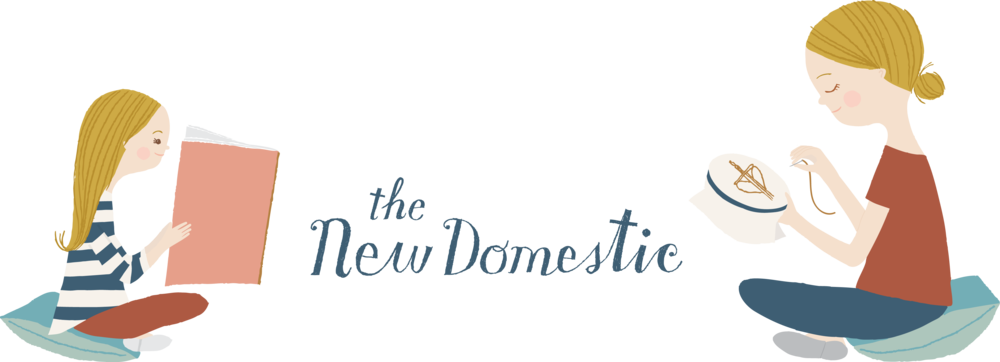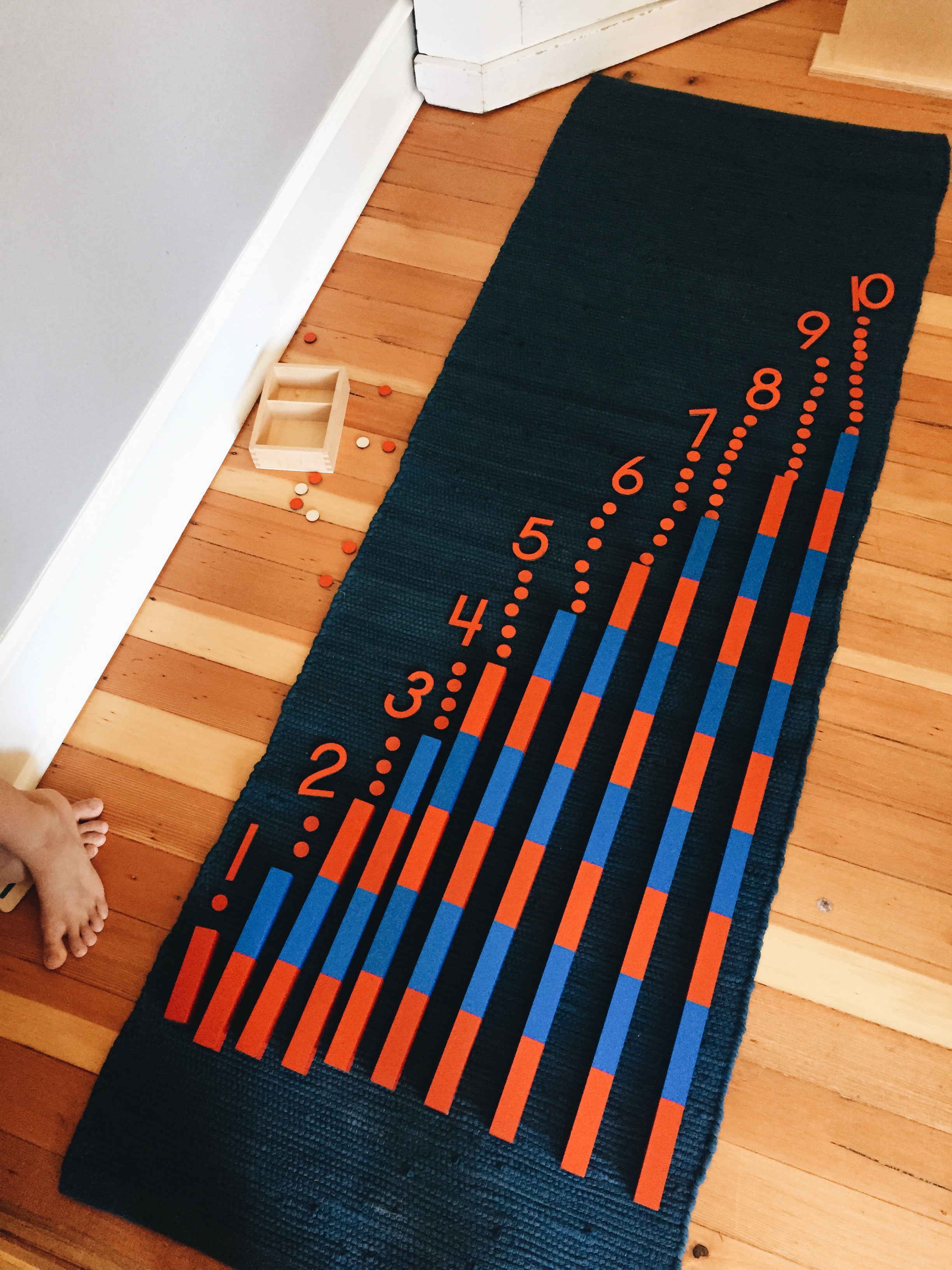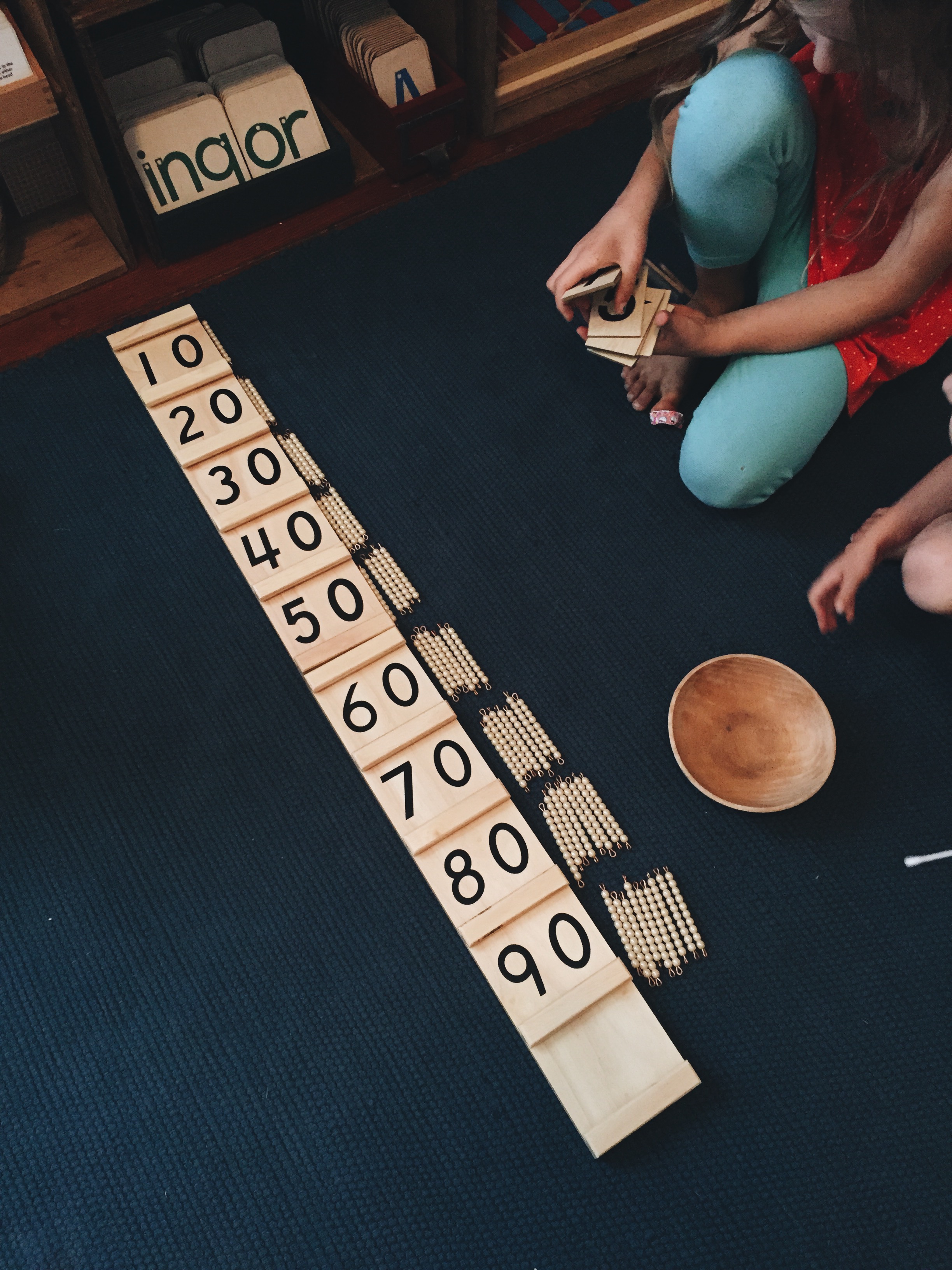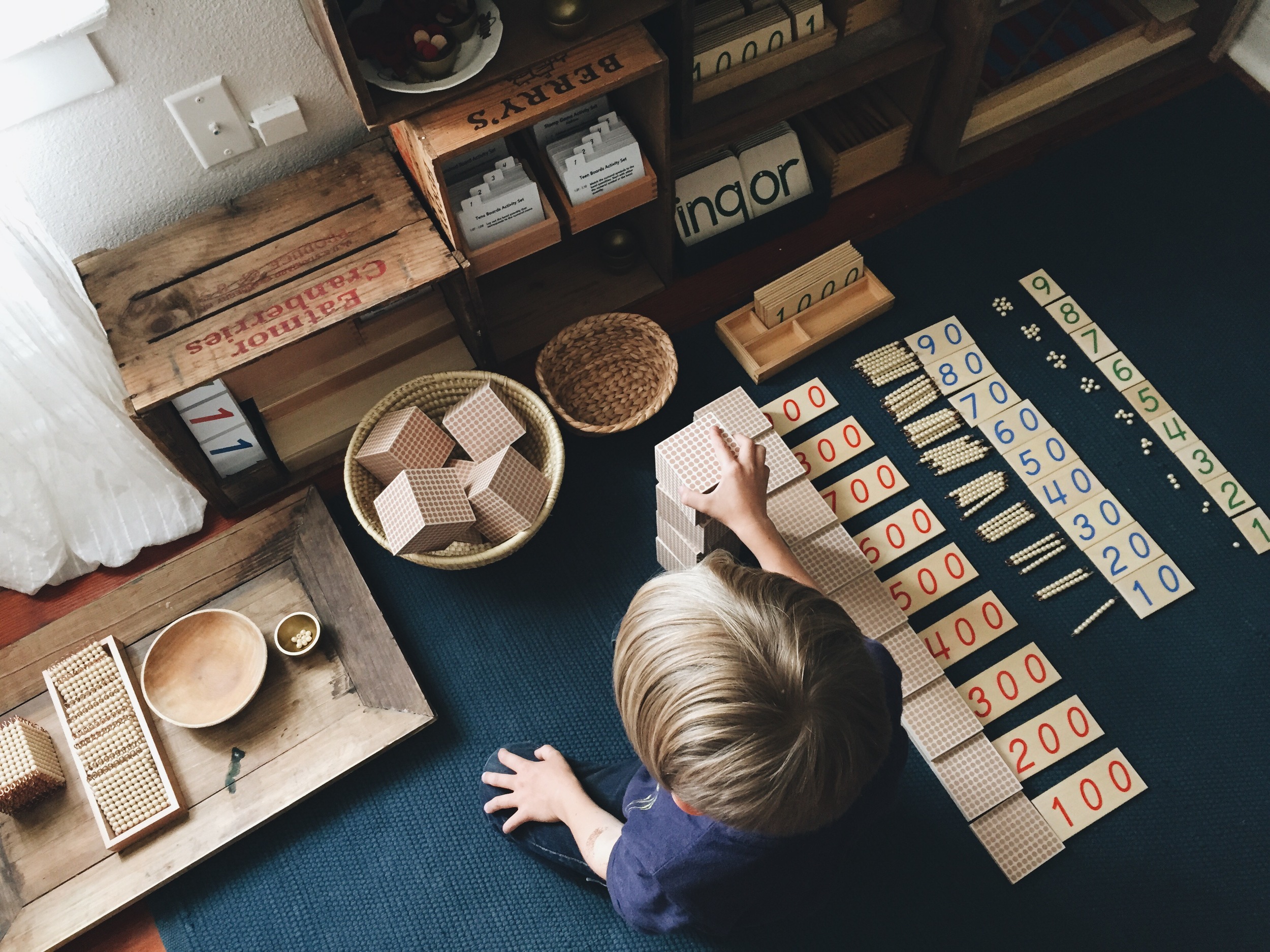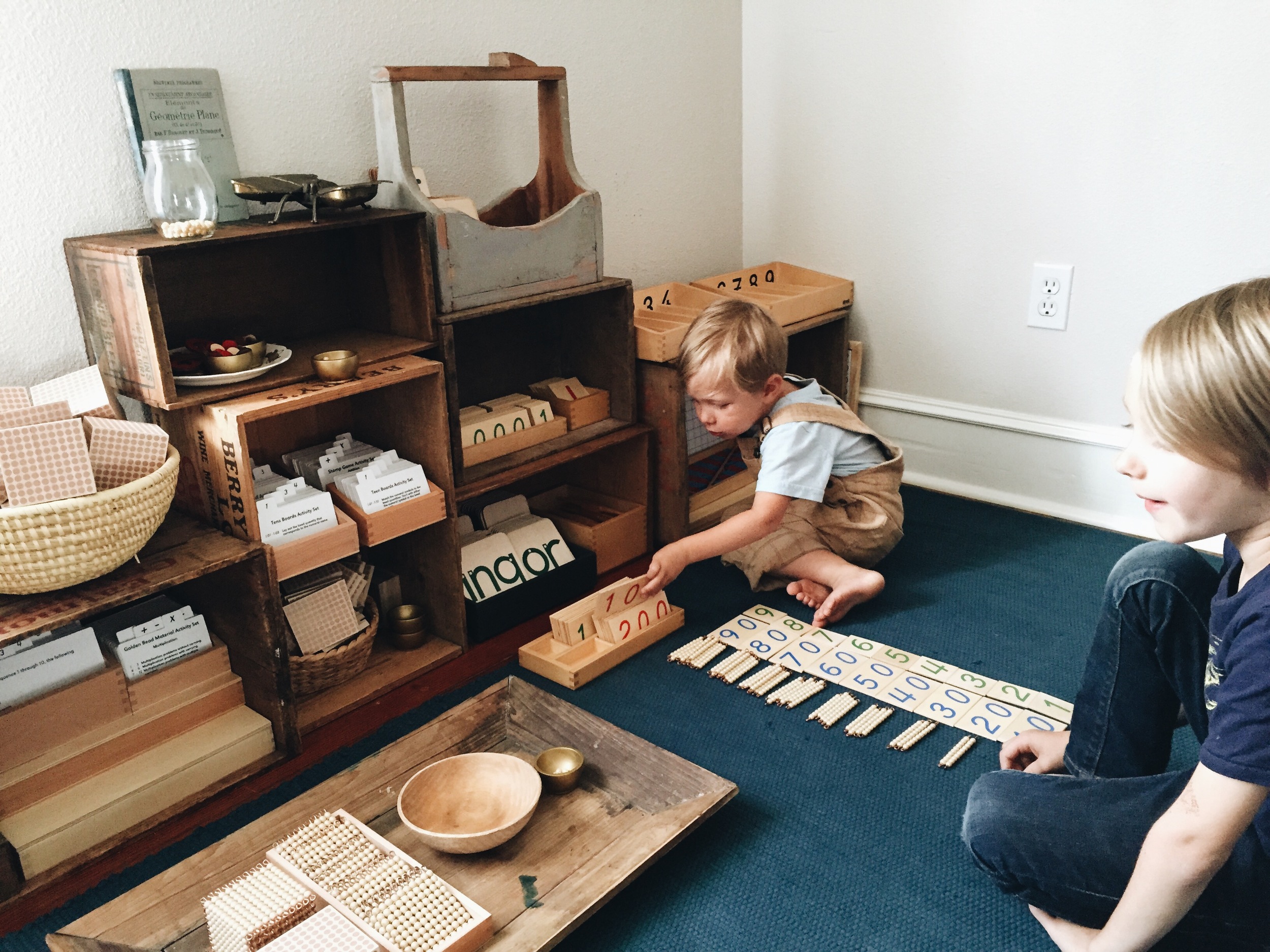making the transition to montessori math was difficult, but SO worth it. difficult... because there is little i could find online to walk a home educator through the process. most of the manuals + materials i found make the assumption that you are a trained montessori guide, & already know how + what order to present the activities. so it was a huge learning curve involving dozens of research hours. i've had many friends show interest in montessori math, and they, like i, felt horribly confused about where to begin. while i am still no expert, i'm delighted to share what i have learned in the event that it could be helpful to others.
we are only 6 months in, but the benefits are already evident. my children now LOVE math, & the tactile way montessori approaches math until age 12 is brilliant and truly incomparable. static vs. dynamic? i didn't know the difference. but i am learning alongside my kids and goodness! it makes so much sense! when i can see how to carry the numbers for dynamic addition, or borrow a ten from the neighboring value for dynamic subtraction, before ever learning how to work it out on paper--it truly is amazing to see how numbers work. activities build upon each other, and move gradually from concrete to abstract, rather than the other way around. my tactile + visual self is enjoying it so much (even though i confess i really loved math to begin with, & excelled in it in school).
i entered into the world of montessori math by purchasing the first NAMC manual, and the accompanying videos for each of the presentations. once i purchased these, i started to see the connections between the activities, & noticed which materials would be used again and again. although a montessori classroom may have the budget to purchase ALL of the materials, i knew i couldn't. so i looked for repetition--materials that would be used again & again, from ages 3-12, for all of my children. materials that i only saw used once or twice i generally skipped when making my purchase list.
so far the indispensable tools have been (this is as far as we've progressed through the montessori math materials/activities, but i will add more content here as we move through it) :
- the tabletop set of number rods (comes with two sets, for learning basic addition & subtraction); the full-size set is fun, too, but the smaller set has broader applications, if you are choosing between one or the other...
- two sets of small wooden number cards
- the golden bead material (pricey, but used again & again. i have a glass bead version, but this is a good basic set). the golden beads are a concrete introduction to the four operations--addition, subtraction, multiplication, and division. right now we are using them ALL THE TIME.
- sandpaper numbers (here's a good basic set for early learning). and we frequently use these ones, too.
- two sets of the colored bead stairs for practicing addition, subtraction, and multiplication. (will be included if you purchase any of the other colored bead activities, so no need to buy them separately)
- the stamp game (following the golden beads, this is a bridge to the more abstract form of the primary operations)
- the snake game (we have just played the addition snake game so far, but we are all loving it so much! if you purchase the negative/subtraction snake game, you will have all of the necessary beads to play the addition & multiplication games)
- fraction circle (fractions are taught a little bit later, but i found this to be much more affordable + portable + versatile than the traditional montessori ones; this same etsy shop offers a larger set, as well)
- a solid-colored cotton rag rug (a small one for each child, or one large one). much of montessori math work is done on the floor. i found mine on clearance at west elm, now no longer available, but if you do a google search you will find something lovely for a good price.
fun tools for younger ones (not necessarily indispensable, though maria montessori would probably disagree about the tower/stairs, spindle box, and bead hanger, as they are staples in the traditional montessori classroom) :
- the pink tower along with the brown stairs. if you google "pink tower brown stair extension activities" you will find some fun applications.
- sandpaper caterpillar
- sandpaper beehive
- spindle box
- teen bead hanger
last year we spent a few days setting up a math store to learn about money. the kids chose the items, labeled them with prices, then took turns being shopkeeper to gain confidence in coin & bill recognition, and making change.
(below : mostly iphone pictures of our montessori math adventures)
